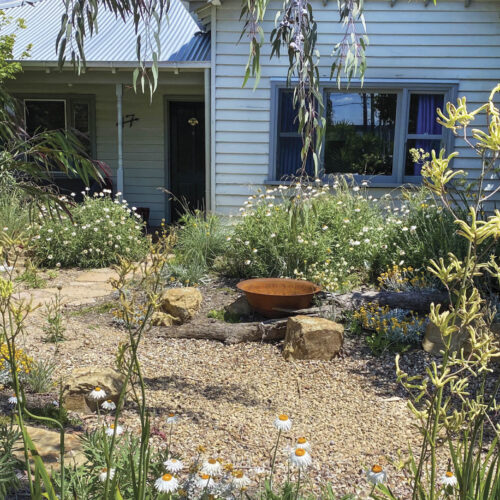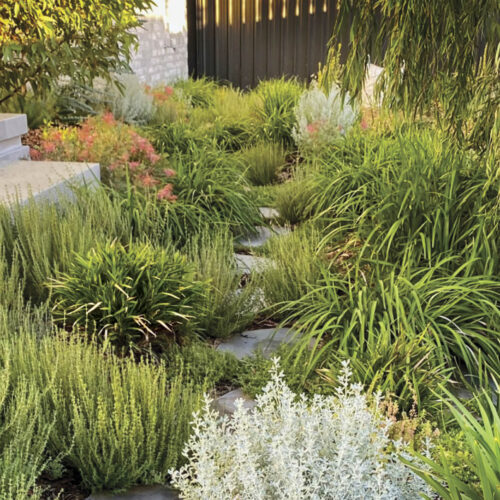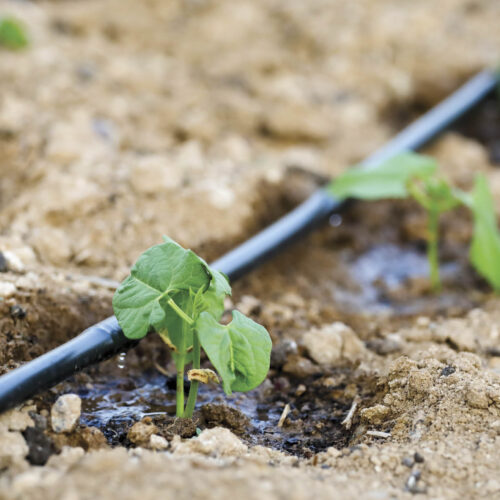Mulching pots
2018-08-15T05:49:56+10:00
As the weather warms up Penny Woodward explains why it's good to mulch your pots.
Although we are getting much better at mulching our soils, we sometimes forget that as the weather warms up, plants in pots benefit from mulch too. In the natural environment, no piece of soil is ever left uncovered, leaves and other debris form natural mulches, or plants move in to colonise the gaps. In pots, mulches can reduce water loss, add nutrients, and suppress weeds as well as keeping soils cooler or warmer, depending on the mulch.
Always make sure that the soil in the pots you’re mulching is moist, if not, water thoroughly first. Also, the more open the mulch the thicker it can be spread and still allow water penetration. So even in pots, open hay and straw mulches can be up to 15–20cm thick, while finer mulches like sugarcane mulch should only be 2cm. If a fine mulch is too thick it can compact into a layer that’s impenetrable to water. Also if rain is only light, then no matter what mulch you use, it may only dampen the mulch not the soil underneath. Never place mulch too close to trunks of small trees growing in pots or the subsequent humidity around the bark, may cause a fungal disease called collar rot.
My favourite open mulches are lucerne hay, pea straw and sugarcane mulch. The first two put nitrogen back into the soil, while the last is perfect for smaller pots. Other hays and straws can add weed seed, but these three don’t, although you will have a few stray pea seedlings coming up from the pea straw. These are readily dealt with by pulling out and adding them to salads.
These three mulches all break down easily, feeding worms and microorganisms in the potting mix as they do. They retain moisture in the soil and suppress weeds. In hot regions thick layers will help to keep soil cool and prevent soil loss from heavy rain. All hays and straws also feed the bacterial component of the soil microbiome. Lucerne hay has a C:N ratio of 30:1 and provides the perfect nutritional balance for both plants and the soil microbiota. It also contains microscopic protozoa that are eaten by worms, so lucerne hay attracts worms into the potting mix too.
Slugs can be a problem under mulch, so if you are planting seedlings in a pot, then protect them with a PVC collar with a strip of copper tape around the top. Remove these guards once plants are big enough to cope with a little damage.
Inert substances like stones and gravel can look good in pots too, and will help to keep the soil cool if they are pale colours, or warm if dark colours. These mulches will suppress weeds, and keep soils cool or warm depending on the colour. However they don’t add nutrients or feed the microbiome of the soil. In the Cranbourne Botanic Gardens they found that many native plants mulched with non-plant-based mulches such as stones and gravel, grew deeper roots and plants grew better. Stones and gravel are also the best mulches to use in bushfire prone areas, especially close to the house.






